Think you can survive Mongolian diet?
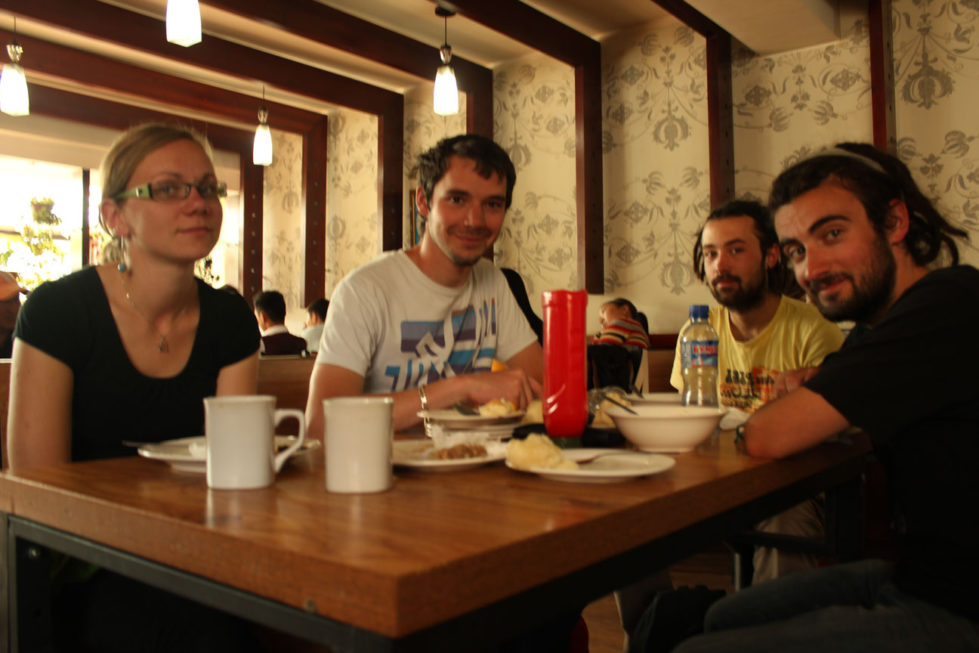
Patter of heavy military boots signaled the entrance of the Mongolian border guards. They told us to remove luggage from the compartment and leave. Men with faces worn out of emotions seriously treated their duty.
A dog belonging to the squadron confirmed, that my dirty socks don’t contain any gram of hashish. Neither there was anything suspicious inside ventilation grid above our heads. Guards finally left our compartment.
Smugglers tête-à-tête
— Fruits — she said with no hesitation — and vegetables — she added. I was looking at her, a Thai tourist guide in Mongolia, with disbelief. How come smuggling fruits can be profitable? Where is the story about Russian mob and ruthless Mongolians?
— Do you mean any… special vegetables? — I asked to set the discussion on the right tracks. Better to know just in case we would need to patch holes in our budget.
2 kg of illegal cabbage intercepted!
We chosen an international train from Irkutsk to Ulaanbaatar, one that has less locals and more foreigners. I looked carefully at luggage, that belonged group of French in their 70s. I didn’t notice any anomalies ie. watermelons rolling on the floor nor cabbage leafs popping out of Channel shopping bags. I thought — if French don’t smuggle, than who does?
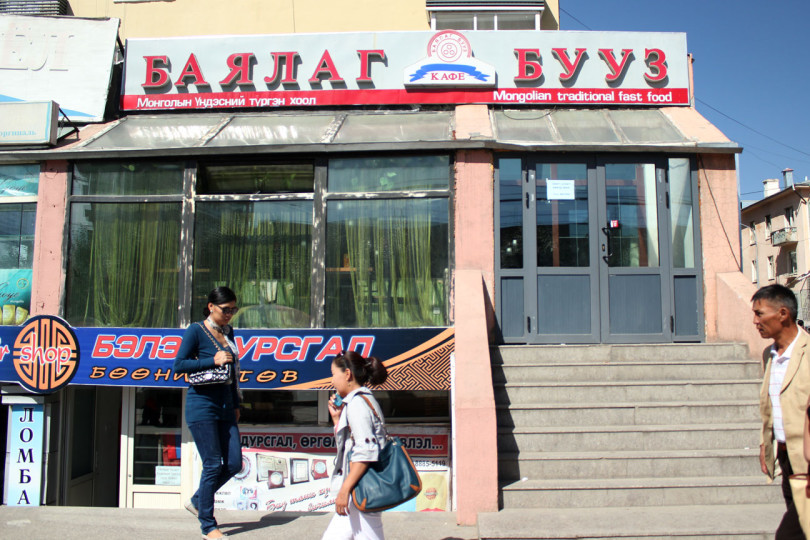
Our favorite restaurant in Ulaanbaatar. Interior is packed with locals and in menu has whole spectrum of Mongolian cuisine. Prices low.
I explored discretely the only genuine Mongolian compartment reserved for ticket collectors (provadnice). These full of oriental charm woman were definitely guilty of possession of several boxes with tomato and other effects of Russian agrarian production.
Smuggling greens to Mongolia is profitable, while the risk of being caught and fined is pretty low. That’s why even ticket collectors smuggle to earn some extra money, that can compensate their low pay. Fortunately they haven’t decided yet to invest in live stock, otherwise the train at night would be filled not only with heavy snoring, but also goats and sheep bleating.
Should you smuggle veges too?
What all that means to you? Lack of fresh fruits and vegetables, because these were always in deficit here. Due to harsh climate and poor soil, it’s very hard here to grow any edible plants. Just try to enumerate ten vegetables, that can survive hot and dry summer as well as winter frost reaching -45°C and then happily bring rich harvest. I finished with list containing rat and cockroach, but in second thought I came into conclusion, they aren’t really vegetables.
Traditional Mongolian cuisine
Therefore Mongolians don’t dare to step into vegetable market without platinum credit card. People, who don’t have it, remain faithful to traditional cuisine. That means meat and… more meat. As a result Mongolians eat mostly greasy and hard to digest food. Unhealthy? Sure, but thanks to such diet, descendants of Genghis Khan could survive in the midst of the barren steppes. After all, even fifty years ago, no one here had any idea what cholesterol is. And probability of death caused by heart attack was always much lesser than caused by fall from horse.
Why not milk a camel?
That’s what Mongolians have more than enough — animals equipped in hooves. You can not ignore that fact if you are talking about Mongolian diet. Surely Mongolians are masters in anti-vegetarian dishes, but what impress me most are their experiments with dairy. For us, Westerners, dairy products mean exactly: milk, yoghurt, cream, butter and cheese.
Mongolians however don’t limit themselves to this list and produce whole spectrum of possible dairy such as cream’o’butter or cheese’o’butter. In addition they milk everything, that you can milk. That includes mares, camels and occasionally tourists too. Thanks to milk of first two you can try kumis, unique Central-Asian alcoholic beverage.
Vegetarian tough life
In Ulaanbaatar we met Begz, who invited us to his ger. He is one of rare vege-Mongolians. During our stay I watched him all the time to catch red-handed with some bacon eaten at night in a dark corner. I failed, firstly because yurt doesn’t have dark corners, even corners at all, and secondly because Begz already got rid of such desires.
Begz actually wanted to prove, that being vegetarian in Mongolia is possible. And not expensive, because in place of meat he uses mostly dairy and flour products. Moreover all of them he makes on his own. Actually thanks to his dedication and morning walks with cows to the pasture, we received the most ecological breakfasts in our lives.
So what’s in menu?
A few dishes you can encounter in almost every restaurant:
- Fat mutton cooked in hundreds of ways, particularly — stews. Watch out for cartilages if you don’t want to lose your teeth;
- Deep fried pancakes with minced meat;
- Dumplings stuffed with… good guess — meat;
- Side dishes like stir-fried rice, stewed potatoes or steamed buns;
How much does it cost?
Price for a dish in mid-range restaurants varies from 2000 MNT to 5000 MNT. This means you can splurge and order a salad too. Check more prices in Mongolia. Cheers!
Genghis Khan curse
Bear in mind, that Mongolian flora may be incompatible with your stomach causing diarrhea and other unpleasantness. Better supply yourself with some coal or other specifics that will help you digest local delicacies. Also stay cautions against homemade dairy products, which can be infected with rabies.
Did you enjoy your meal?
If you are reading these words, it means that you survived eating in Mongolia. Congratulations! Don’t forget to share your thoughts in comment for other daredevils :)
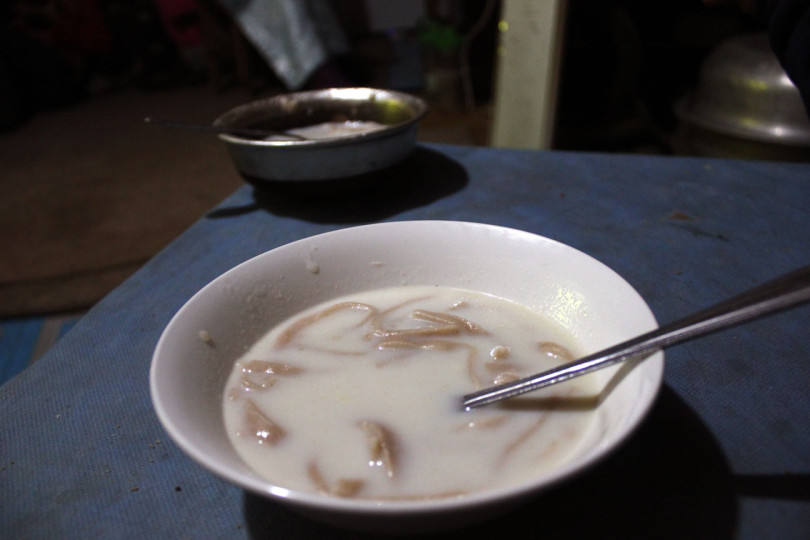
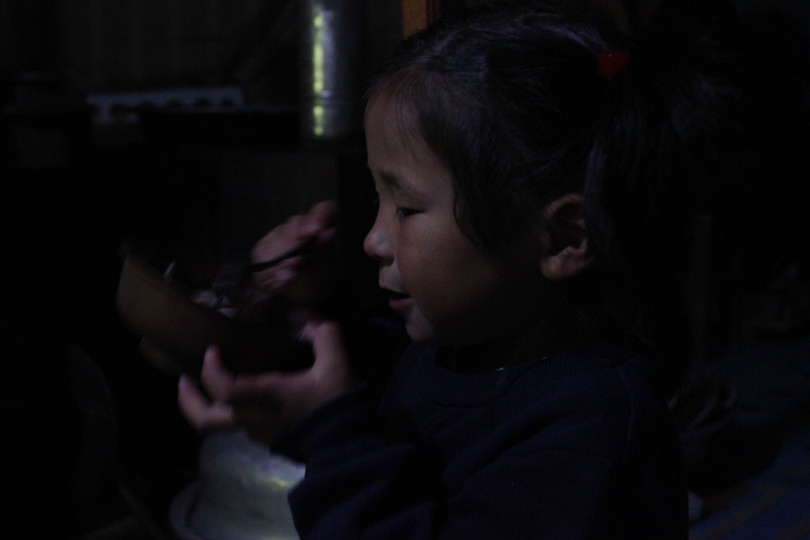
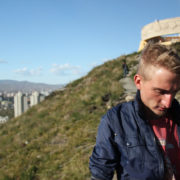
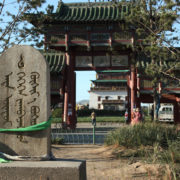
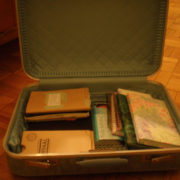
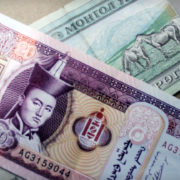
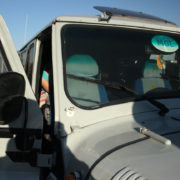

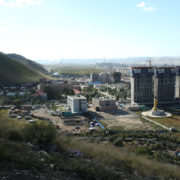
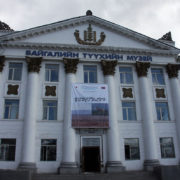
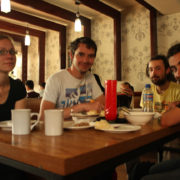
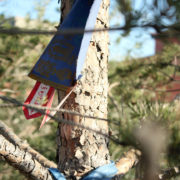
Comments
Scһuerger, Andrew C.; Ulriϲh, Ricһaгd; Berry, Bonnie
J.; Nichоlson, Wayne L. (February 2013). “Growth of Serratia liquefaciens under 7 mbar, 0 ° C, and also CO2-Enriched Anoxic Atmospheres”.
Tosca, Nicholas J.; Knoll, Andrew H.; ΜcLennan, Scott M.